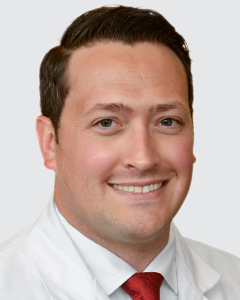Warning Signs of a Brain Aneurysm
Brain aneurysms usually aren’t quite like what you see on TV— when someone is alive one moment and dead the next. But aneurysm ruptures can be devastating. About one-third of people who experience them die, frequently immediately. However, many make a partial or full recovery.
What Is an Aneurysm?
An aneurysm is a weak spot on a blood vessel that causes it to bulge until it ruptures. Though aneurysms can be found anywhere there are blood vessels, they are most common in the heart’s main blood vessel, the aorta, and in different parts of the brain. Aneurysms can exist for years without detection, and there are some very rare cases in which people have a genetic predisposition to them.
We don’t yet have a full understanding of why aneurysms happen. One thing we do know, however, is how to lower your risk of an aneurysm rupturing: Keep your blood pressure in the normal range and refrain from smoking, which is thought to have an inflammatory or irritating effect on blood vessels.
How To Know if You Have an Aneurysm
There are several tests doctors can perform if you have a family history of aneurysms or a genetic condition that can cause one to form. Occasionally, an aneurysm reaches a size that makes it press against nerves in the brain, causing a series of symptoms that can be warning signs. These include:
-
Blurred or double vision
-
Sudden, severe headache
-
Pain or drooping in one eye
-
Stiff neck
-
Weakness and numbness
In these cases, doctors can run MRIs or CAT scans and can also do a small procedure called a diagnostic cerebral angiogram, where they use catheters and X-rays to examine the blood vessels within the brain.
Surviving an Aneurysm
If you don’t often get headaches, but suddenly experience the worst migraine of your life, this could be a sign that you’re experiencing a ruptured brain aneurysm. Although a rupture can stop on its own, it’s still crucial to contact first responders.
Assuming the rupture stops on its own, or doctors are able to seal it off quickly enough, you may be sent to a rehabilitation facility for days or weeks.
After an assessment, doctors will pair each rehab patient with a multidisciplinary healthcare team to improve cognition, motor function and ability to carry out daily activities.
Aneurysms Affect People Differently
Although they still aren’t completely understood, aneurysms are being discovered more frequently than they used to be. This means you could be seeing a doctor for an unrelated issue and a test or imaging scan will show an aneurysm.
If this happens, think of it as crucial knowledge to act on. Talk to your doctor or a specialist about ways to lessen your chance of rupture, like lowering your blood pressure and quitting smoking, and how to monitor it. Consider seeing a neurosurgeon who specializes in treating aneurysms.
It’s important to be prepared for the worst while also taking steps to prevent the worst from happening.
Choose to Stay in Touch
Sign up to receive the latest health news and trends, wellness & prevention tips, and much more from Orlando Health.
Sign Up










